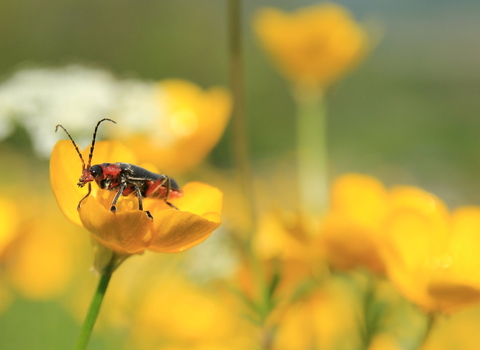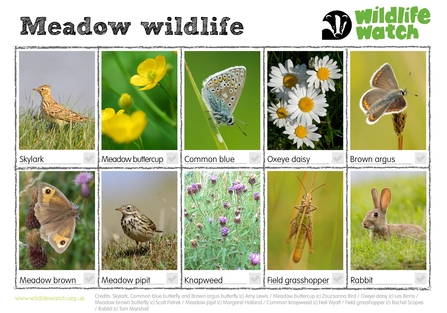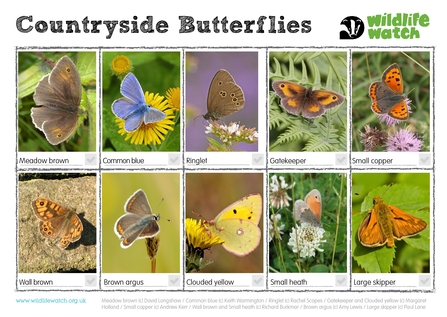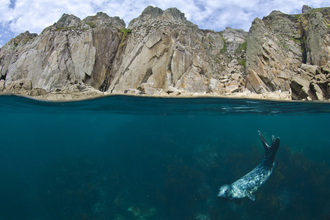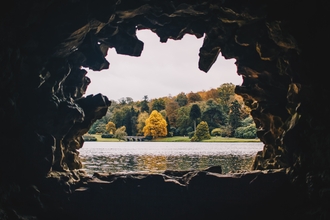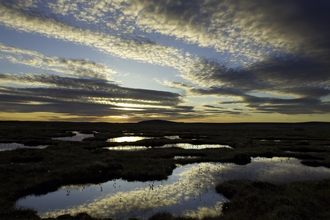Where wildflowers grow
Our grasslands are ancient - at least 12,000 years old! 'Weedy' plants and moss started to grow on ground left bare after the glaciers that covered the land melted away. Then grasses, sedges and shrub plants also started to grow - this is known as succession.
Many of these ancient grassland have now been lost as we've used the land for building or farming. This means that many of the plants and animals that depend on this habitat are declining, including butterflies, curlews and lapwings.
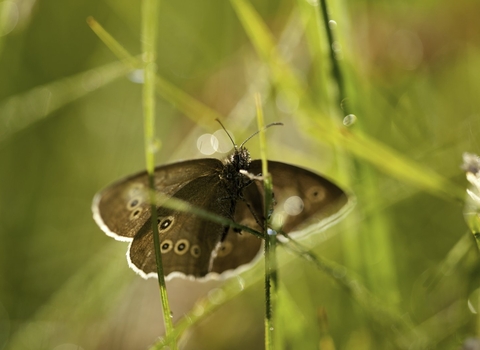
Ringlet butterfly by Ross Hoddinott/2020VISION
Did you know
The types of plant that you find growing in a grassland give you a clue as to what soil is underneath the surface. Chalk and limestone grassland has the best variety of wildflowers; in a chalk grassland you can sometimes find more than 30 different wildflowers in a single square metre!
Wildlife to look out for
Birds and mammals
Kestrels and barn owls may be seen flying over grassland, because they are home to their favourite food! Small mammals such as field voles offer a tasty snack to these birds of prey. In the summer, butterflies and bees can be seen collecting nectar, whilst the rare skylark nests on the ground and can sometimes be found singing high in the sky, above its nesting site.
Find out about birds of preyDownload the meadow wildlife spotter guide
Minibeasts
Grasslands are an important habitat for minibeasts. Many butterflies can be seen fluttering in meadows. You might also find grasshoppers, crickets and spiders.
Plants
Grasslands are rich in flowers. You might see daisies, buttercups, clover or even orchids if you're lucky.

